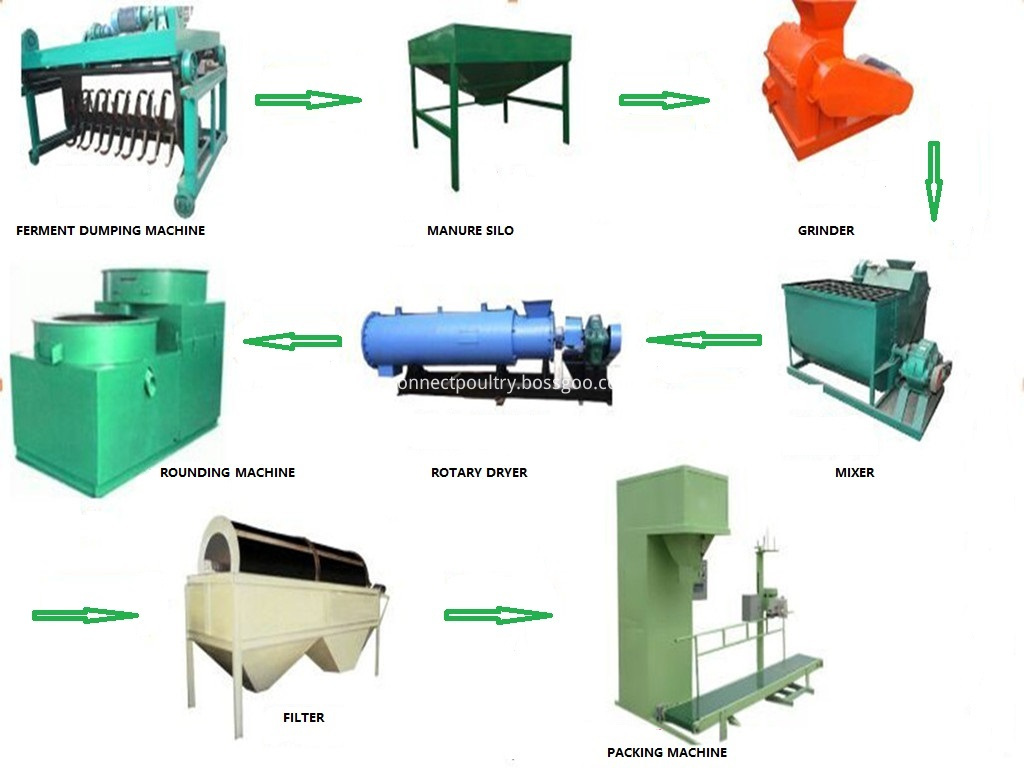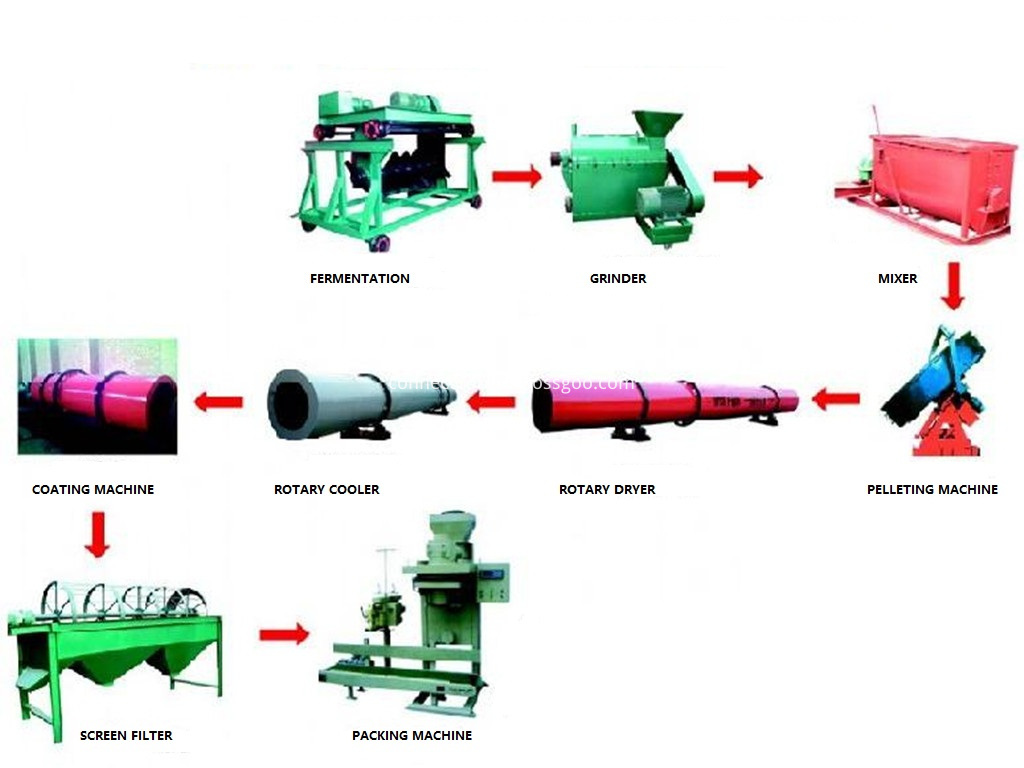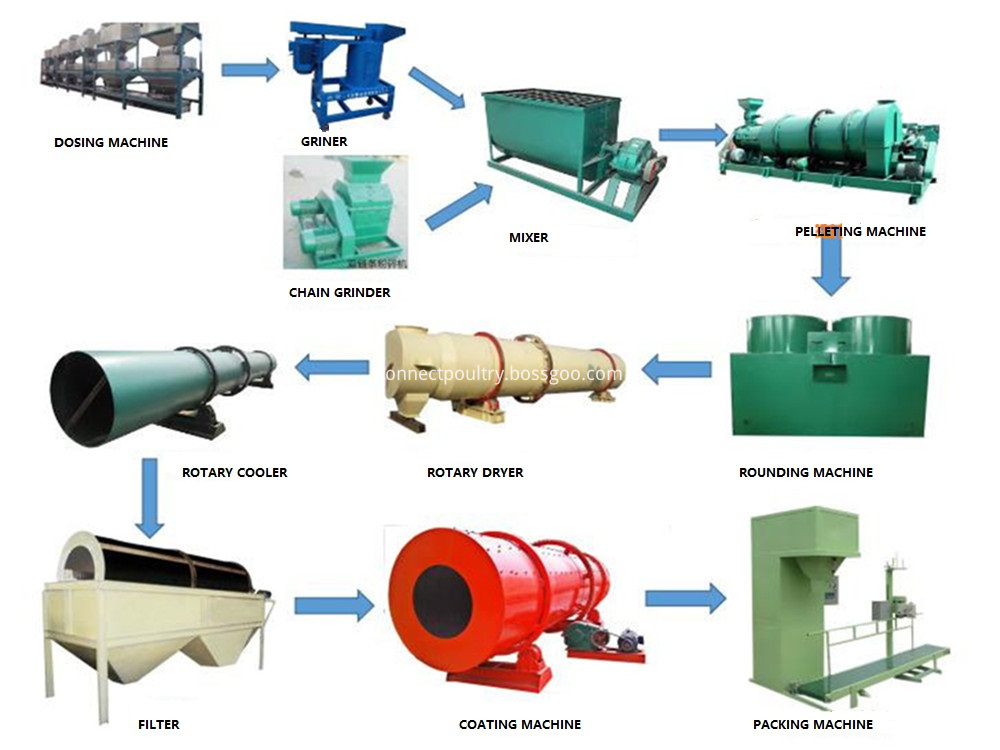First, carbon (C) Steel carbon content increases, the yield point and the tensile strength increased, but the ductility and impact resistance decreases when the carbon content exceeds 0.23%, the weldability deteriorates, and therefore low-alloy structural steel for welding, comprising The amount of carbon generally does not exceed 0.20%. High carbon content also reduces the atmospheric corrosion resistance of steel. High carbon steel in the open yard is susceptible to corrosion; in addition, carbon can increase the cold brittleness and age sensitivity of steel. Second, silicon (Si) Silicon is added as a reducing agent and a deoxidizing agent during the steel making process, so the killed steel contains 0.15 to 0.30% of silicon. If the silicon content in the steel exceeds 0.50 to 0.60%, silicon is an alloying element. Silicon can significantly improve the elastic limit of steel, yield point and tensile strength, so it is widely used as spring steel. Adding 1.0 to 1.2% of silicon to the quenched and tempered structural steel increases the strength by 15 to 20%. Silicon combined with molybdenum , tungsten, chromium, etc., has the effect of improving corrosion resistance and oxidation resistance, and can manufacture heat-resistant steel. Low carbon steel containing 1-4% silicon has a very high magnetic permeability and is used in the electrical industry for making silicon steel sheets. An increase in the amount of silicon will reduce the weldability of the steel. Third, manganese (Mn) In the steelmaking process, manganese is a good deoxidizer and desulfurizer, and the general steel contains 0.30 to 0.50% of manganese. When adding more than 0.70% of carbon steel, even if it is "manganese steel", it has more toughness than ordinary steel, and has higher strength and hardness, improves the quenchability of steel, and improves the hot workability of steel. For example, 16Mn steel is 40% higher than the A3 yield point. 11 to 14% of manganese-containing steel has extremely high wear resistance and is used for excavator buckets, ball mill liners, etc. The increase in the amount of manganese reduces the corrosion resistance of the steel and reduces the weldability. Fourth, phosphorus (P) In general, phosphorus is a harmful element in steel, which increases the cold brittleness of steel, deteriorates weldability, reduces plasticity, and deteriorates cold bending performance. Therefore, it is usually required that the phosphorus content in the steel is less than 0.045%, and the demand for high-quality steel is lower. V. Sulfur (S) Sulfur is also a harmful element under normal conditions. The steel is made to be hot brittle, reduce the ductility and toughness of the steel, and cause cracks during forging and rolling. Sulfur is also detrimental to weldability and reduces corrosion resistance. Therefore, the sulfur content is usually required to be less than 0.055%, and the high-quality steel is required to be less than 0.040%. Adding 0.08 to 0.20% of sulfur to the steel improves the machinability and is commonly referred to as free-cutting steel. Sixth, chromium (Cr) In structural steels and tool steels, chromium can significantly increase strength, hardness and wear resistance, but at the same time reduce plasticity and toughness. Chromium can improve the oxidation resistance and corrosion resistance of steel, and is therefore an important alloying element for stainless steel and heat-resistant steel. Seven, nickel (Ni) Nickel improves the strength of steel while maintaining good ductility and toughness. Nickel has high corrosion resistance to acids and bases, and has rust and heat resistance at high temperatures. However, since nickel is a scarce resource, other alloying elements should be used instead of nickel-chromium steel. Eight, molybdenum (Mo) Molybdenum can refine the grain of steel, improve the hardenability and thermal strength, and maintain sufficient strength and creep resistance at high temperatures (long-term stress at high temperatures, deformation, called creep). The addition of molybdenum to the structural steel improves mechanical properties. It is also possible to suppress brittleness of alloy steel due to fire. Redness can be improved in tool steel. Nine, titanium (Ti) Titanium is a strong deoxidizer in steel. It can make the internal structure of steel dense, refine grain force; reduce aging sensitivity and cold brittleness. Improve welding performance. The addition of appropriate titanium to the chromium 18 nickel 9 austenitic stainless steel avoids intergranular corrosion. X. Vanadium (V) Vanadium is an excellent deoxidizer for steel. Adding 0.5% vanadium to the steel refines the grain of the structure and improves strength and toughness. The carbide formed by vanadium and carbon can improve the resistance to hydrogen corrosion under high temperature and high pressure. XI, tungsten (W) Tungsten has a high melting point and a large specific gravity, and is a precious alloying element. Tungsten and carbon form tungsten carbide with high hardness and wear resistance. Adding tungsten to tool steel can significantly improve red hardness and heat strength for cutting tools and forging dies. Twelve, 铌 (Nb) 铌 can refine grains and reduce the superheat sensitivity and temper brittleness of steel, improve strength, but decrease plasticity and toughness. The addition of bismuth in ordinary low-alloy steel can improve the resistance to atmospheric corrosion and hydrogen, nitrogen and ammonia corrosion at high temperatures.铌 can improve the welding performance. Twisting in austenitic stainless steel prevents intergranular corrosion. Thirteen, cobalt (Co) Cobalt is a rare precious metal used in special steels and alloys such as heat-strength steels and magnetic materials. Fourteen, copper (Cu) Steel produced by WISCO with Daye ore often contains copper . Copper improves strength and toughness, especially atmospheric corrosion. The disadvantage is that it is prone to hot brittleness during hot working, and the copper content is significantly reduced by more than 0.5%. When the copper content is less than 0.50%, there is no influence on the weldability. Fifteen, aluminum (Al) Aluminum is a commonly used deoxidizer in steel. A small amount of aluminum is added to the steel to refine the grains and improve the impact toughness, such as 08Al steel for deep-drawing sheets. Aluminum also has oxidation resistance and corrosion resistance. Aluminum is combined with chromium and silicon to significantly improve the high temperature and corrosion resistance of steel. The disadvantage of aluminum is the influence on the hot workability, weldability and machinability of the steel. XVI, boron (B) The addition of trace amounts of boron to the steel improves the compactness and hot rolling properties of the steel and increases the strength. Seventeen, nitrogen (N) Nitrogen can increase the strength of steel, low temperature toughness and weldability, and increase aging sensitivity. Eighteen, rare earth (Xt) The rare earth element refers to 15 lanthanides having an atomic number of 57 to 71 in the periodic table. These elements are all metals, but their oxides are very similar to "earth", so they are customarily called rare earths. The addition of rare earths in steel can change the composition, morphology, distribution and properties of inclusions in the steel, thereby improving various properties of the steel, such as toughness, weldability, and cold workability. Adding rare earth to the plough steel can improve wear resistance. Manure Fertilizer Processing Equipment
Organic chicken manure production line
The fresh chicken manure which discharged
from broiler farm, layer farm is very large amount, how to right
treat these large amount of manure is an urgent task for all poultry farmers.
According to clients request, we expansion the poultry project into chicken
manure organic fertilizer, which not only solve the problem for clients,
but also greatly generate the profit from whole poultry project.
The chicken manure fertilizer production
line is use fresh chicken manure as raw material, and after serial of
processing, and get products of natural organic fertilizer. There are two stage
for processing the chicken manure into commercial organic fertilizer, which
first is pre-fermentation, and second is with serial processing like grinding
the material, filter, mixing, pelleting, drying, cooling, filter, coating,
packing -.
The features of chicken organic
fertilizer
1. There is
no any chemical parts, due to chicken digest ability is low who just digest 25%
of nutrients in chicken feed, and other 75% of nutrients are goes away with
manure, which manure organic fertilizer contains rich nitrogen, phosphorus,
potassium, organic meter, amino acid, protein and so on.
2. The
organic matter in fertilizer enhance the organic matter contain in soil.
Organic matter improve physical, chemical, and biological properties of soil.
3. The
organic manure in chicken manure not only adds a lot of organic colloids, but
also decomposes and convert many organic compounds into organic colloids with
the help of microorganism, which greatly increases soil adsorption and produces
a lot of sticky material, which makes the soil particles cemented into stable
pellet structure, and improves the soil water conservation and fertilizer
conservation. Breathability and ability to regulate soil temperature.
4. The
organic manure of chicken manure also make a large number of microorganisms in
the soil, especially many beneficial microbes, such as nitrogen fixing
bacteria, ammoniated bacteria, cellulose decomposing bacteria, nitrifying
bacteria and so on. The organic chicken manure contains all kinds of active
enzymes secreted by the digestive tract of animals, and various enzymes
produced by microbes. After these substances are applied to the soil, the
enzyme activity of the soil can be greatly improved.
5. Organic
chicken manure improve soil activity and biotransformation ability, thereby
enhancing soil absorbability, buffer performance and stress resistance.
There three models of chicken manure
production line:
High Standard: manure dehydrator, fermenting dumping
machine, grinder, mixer, pelleting, drying, cooling, filter, coating, packing,
and belt conveyors-etc.
Middle standard: raw material grinder,
mixer, pelleting, drying, cooling, filter, packing, and belt conveyors-etc.
Low standard: raw
material grinder, mixing, pelleting or filter, packing.
Manure Fertilizer Processing Equipment,Chicken Manure Fertilizer Processing Line,Organic Manure Fertilizer Equipment,Organic Chicken Manure Fertilizer Machine Connect Group For Poultry Project , https://www.connectpoultry.com



